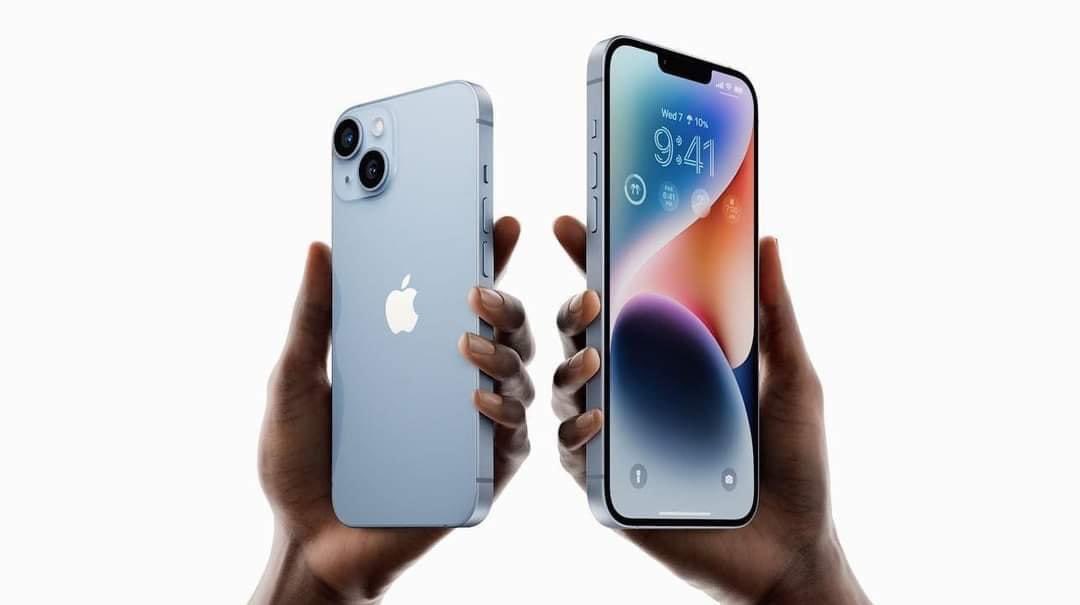The days of performing microsurgery with a paper clip to extract a tiny SIM card from a small tray in your iPhone may be coming to an end.
Apple revealed this week at its closely watched press event that it will no longer use physical SIM cards and trays on its new iPhone 14 lineup in the United States. In its place, the company is adopting eSIMs, a digital alternative.
A SIM card is a unique identifier in every cell phone that allows it to connect to wireless networks and text and call. An eSIM is a “embedded” SIM card, or one that is hardwired into the phone itself. People typically change their SIM cards when switching carrier plans or traveling internationally and wishing to use a different service provider.
Apple first introduced eSIM support on iPhones in 2018, promising that it would make it easier for customers to activate their cellular plans and use multiple phone numbers and carriers on the same device. Apple is now doubling down on this feature by removing the infrastructure required to support physical SIM cards from the iPhone 14.

“With eSIM, you can quickly transfer an existing cellular plan or get a new cellular plan, all digitally,” Apple’s VP of iPhone marketing, Kaiann Drance, said at the event Wednesday.
Drance also emphasized how eSIM cards can make devices “more secure,” noting that “if your iPhone is lost or stolen, someone can’t remove the physical SIM card.”
According to the Federal Communications Commission, eSIMs provide “significant security benefits.” According to the federal agency, some bad actors have been known to steal a physical SIM card and swap it into a different phone to gain access to someone’s information and reset their accounts. Because it “cannot be stolen without stealing the phone,” an eSIM card may reduce this risk.
In theory, removing the SIM card slot could provide another benefit: more room for larger batteries or other phone features. That’s no small feat for a company like Apple, which is constantly striving to make its products thinner.
While the removal of the SIM card slot is not as divisive as Apple’s decision to remove the headphone jack, it has sparked some debate on social media.
Frequent international travelers, in particular, are accustomed to changing physical SIM cards in various locations and may visit locations where carriers do not yet support the use of eSIMs. In mainland China, for example, the iPhone 14 does not currently support eSIM.

